![]()
![]()
![]()
Use LEFT and RIGHT arrow keys to navigate between flashcards;
Use UP and DOWN arrow keys to flip the card;
H to show hint;
A reads text to speech;
9 Cards in this Set
- Front
- Back
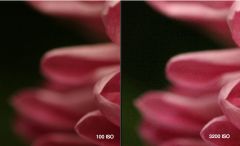
✗ Light - ISO
(#1) EXAMPLE |
✗ ISO - International Standard Organization.
- The speed of the film is the sensitivity. - The greater the ISO the less light enters. - The less the ISO the more light enters. - ISO is how fast the chemicals react to light. ✗ When shooting at night use a high ISO around 800 and when shooting during the day use an ISO around 100. |
|
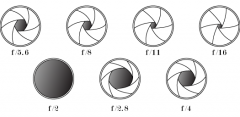
✗ Light - Aperture
(#2) |
✗ F-stop - It relates to the pupils in your eyes.
- A small F-stop # gives a big opening. - A big F-stop # gives a small opening. - A small F-stop # gives a lot of light. - A big F-stop # gives little light. - Standard F-stop # is F-8/F-11. - F-16 used for sunny day "sunny16". |
|
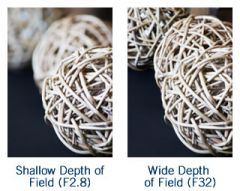
✗ Light - Aperture
(#2) |
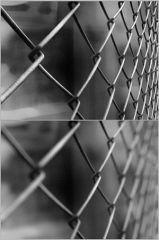
✗ Focal Length - Depth Of Field (D.O.F)
- How much of the image your taking do you want in focus? (Consider F-stop) - If you want everything in focus you chose a large D.O.F, meaning a large F-stop. If you want less of he image in focus chose a small D.O.F (small F-stop #) MACRO. |
|
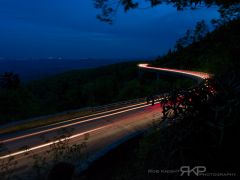
✗ Shutter Speed - (2 functions)
(#3) |
✗ 2000th of a second - Fast shutter speed.
- Bulb (opens curtain either (↑) up or to the side (→). - The bulb controls the amount of light let in. - Average shutter speed is (125-150) |
|

✗ Recording Movement - (3 functions)
(#1) |
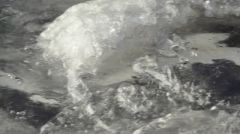
✗ Recording Movement - Frozen, Slow Motion, Panning
- For frozen motion it should be a higher # than 500. - Slow motion should be a low # between 30 - 125 ( if lower than 30 you need a tripod or remote). - Panning has the moving object frozen (focused) but the back- ground will be blurred. Setting around (# 30-60). |
|
|
✗ Flash
(#1) |
✗ Light up a "scene" - Apperture, ISO used.
- Light gets dimmer as it moves further away. - ISO will have some impact on how much is lit up. - If ISO is 400 you can stand up to 7 meters away for all to lit up. - A lower ISO of 100 up to 3 meters. - Aperture, F-stop gives small help to the flash. - Background Merged is when an object sticks out from the subject. |
|
|
✗ Flash - Full In Flash (slow synchro)
(#2) |
✗ Full In Flash - (slow synchro)
- Takes away strong shadows. - Balances light of the back and foreground. - Dull lighting or shadow use full-in-flash. - (slow synchro used for red eyes). |
|
|
✗ Flash - Red Eye (slow synchro)
(#3) |
✗ Red Eye - (slow synchro)
- Dont look directly into the camera when taking a shot. - Take the photo at an angle to avoid red eyes. |
|

✗ Flash - Silhouette, Backlight
(#4) |
✗ Silhouette, Backlight - Flash
- Even out background and fore ground light. - When not using flash it usually turns out as a silhouette when using backlight. |

